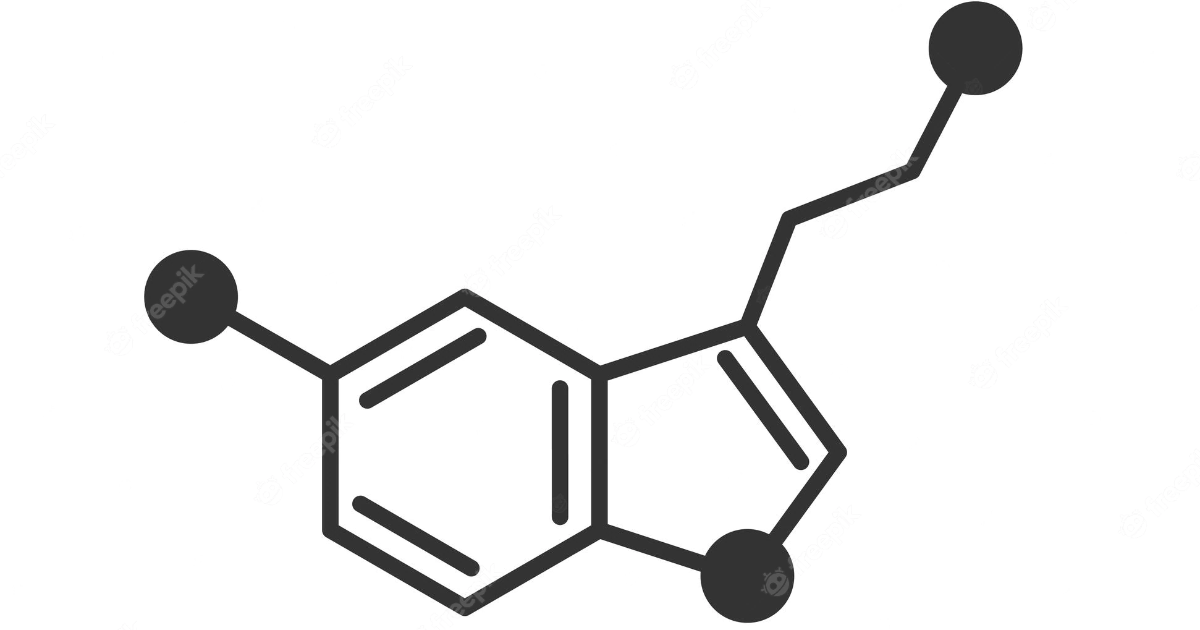
The Chemistry behind our happiness
 11 min
11 min
The Chemistry behind our happiness
Happines is a question of chemistry, quite litterally!
First of all, we need to clarify a fundamental aspect of the issue, which is to pose the meaning of a highly subjective feeling as an axiom. This is certainly not an easy thing to do, but we have to start somewhere. It is well known that our personal happiness is a state of mind that is triggered as a consequence of actions or events that involve us directly or other living beings around us. Happiness can be described as a positive emotional state, a feeling of well-being and satisfaction, and this feeling can arise through two philosophically opposite paths, material attainment and empathic satisfaction. But analyzing each and every facet of this already highly debated feeling in history is of little use, so let us look at how and









 English
English
 Français
Français
 Deutsch
Deutsch
 Italiano
Italiano
 Español
Español



 Beitragen
Beitragen










 Du kannst deine Lieblingsautoren unterstützen
Du kannst deine Lieblingsautoren unterstützen





